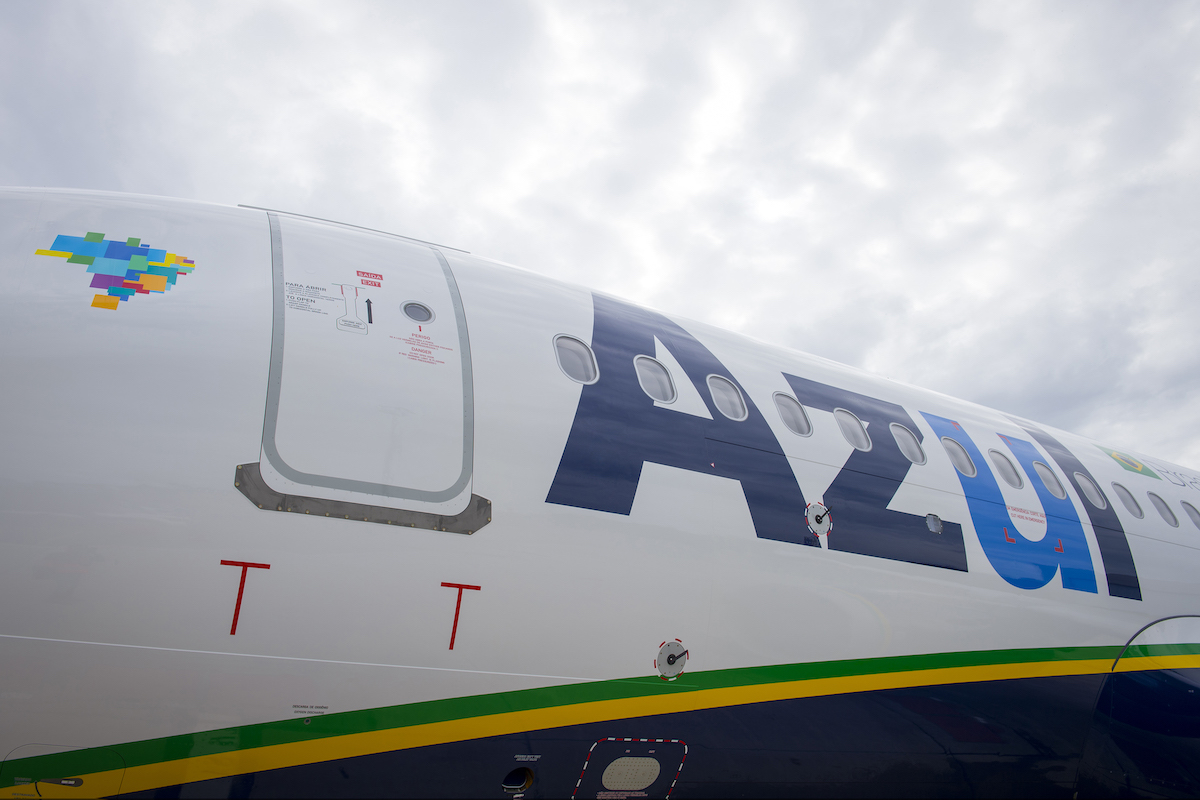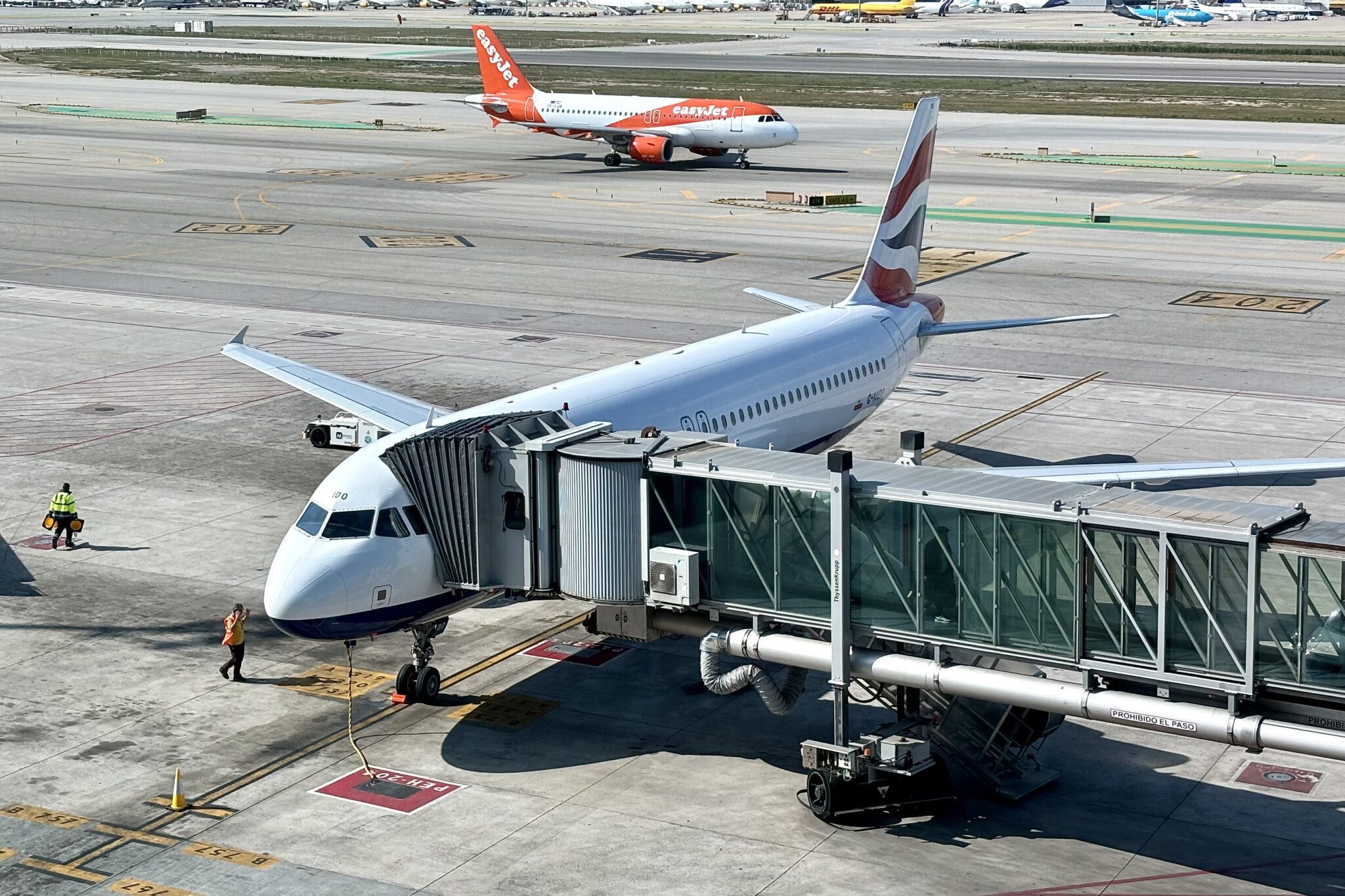The fundamentals at Brazilian airline Azul look good. Revenues are up significantly from before the pandemic, and so are passenger numbers. New business lines, including air freight and vacations, are producing high margin income.
All of this lifted Azul, which is based outside São Paulo, to a strong 9 percent operating margin in the third quarter, its latest financial data available, despite elevated cost pressure. And its share of the domestic Brazilian market? Up 6 points from 2019 to more than 29 percent last year, data from Brazil’s aviation authority, ANAC.
Azul’s in a good place to ride the continued travel recovery, right? Maybe not.
The airline engaged advisor Seabury and law firm Weil to advise it on a potential restructuring, Air Finance Journal has reported. The airline, according to the report, hopes to avoid a court-led process but has not ruled out the possibility of a U.S. Chapter 11 filing.
An Azul restructuring would be the latest in a series of high-profile Latin American airline reorganizations. Aeromexico, Avianca, and Latam Airlines Group all went through the U.S. Chapter 11 process during the pandemic and have since emerged leaner carriers.
There are undoubtedly multiple factors at play for the airline’s decision to hire advisors, but a big one is undoubtedly the weak Brazilian real. From 2019 to 2022, the currency depreciated roughly 30 percent against the U.S. dollar. In money terms, Azul’s revenues jumped 44 percent in the third quarter compared to 2019 when denominated in reais; the change was a far more muted 7 percent increase in dollars. The carrier’s expenses increased 61 percent in real terms, and 19 percent in dollar terms.
Many of Azul’s big expenses are in dollars. These include aircraft leases and fuel, the latter of which spent much of 2022 at historically elevated levels. The airline spent Brazilian reais 1.9 billion on fuel in the third quarter, which equals a 116 percent year-over-year increase and a 134 percent increase compared to 2019. The increase in fuel expenses on Azul’s income statement includes the foreign exchange moves.
Azul CEO John Rodgerson, speaking at the carrier’s investor day in December, described the weak Brazilian real as a “huge challenge” early in his prepared remarks. And, as would be expected from a man who is promoting his company to investors, Rodgerson ticked off a list of items — from a leaner workforce to higher traffic numbers and strong yields — as ways it would manage through the challenges.
“We’re 44 percent larger in terms of absolute revenue compared to 2019 with less people on board,” Rodgerson said a month earlier at the Skift Aviation Forum in November. “Now, obviously fuel has gone up and other costs have gone up, we’ve had a little bit of devaluation of the currency, but I think that shows that we built it back a lot stronger.”
Another potential concern, but one not highlighted recently, are the debt and lease obligations that Azul postponed early in the pandemic. In 2021, Raymond James analyst Savanthi Syth noted this citing the deferred payments as something to watch, as well as the “significant cost pressure from the weaker [Brazilian real] relative to the [U.S. dollar].”
Azul has more than 1.2 billion Brazilian reais in debt maturities this year, 2.5 billion in 2024, and 2 billion in 2025. In addition, it has more than 4 billion Brazilian reais in lease payments due this year and next; lease obligations ease to 3.5 billion in 2025.
In 2021, Syth said Azul’s attempted hostile takeover of competitor Latam’s Brazilian operation could ease the debt and foreign exchange concerns by significantly increasing revenues. Azul withdrew its offer after Latam filed its reorganization plan with a U.S. bankruptcy court in November 2021.
And, to be clear, Azul is not alone in facing debt and foreign exchange pressures. Competitor Gol, Brazil’s second largest airline, faces many of the same issues. Both carriers are primarily domestic Brazilian airlines, and have limited U.S. dollar revenue streams to offset the weak real. Latam, Brazil’s largest airline, has a South America-wide franchise that diversifies its currency exposure.
Whether all this together — the weak Brazilian real, high fuel expenses, and looming debt maturities — is enough to push Azul into bankruptcy remains to be seen. The airline’s creditors may be willing to rework terms that allow the carrier to adjust its obligations out of court. And the Brazilian real could suddenly gain against the U.S. dollar, putting far more dollars in Azul’s bank account and easing the pressure it faces to make payments.
Azul did not respond to a request for comment.





